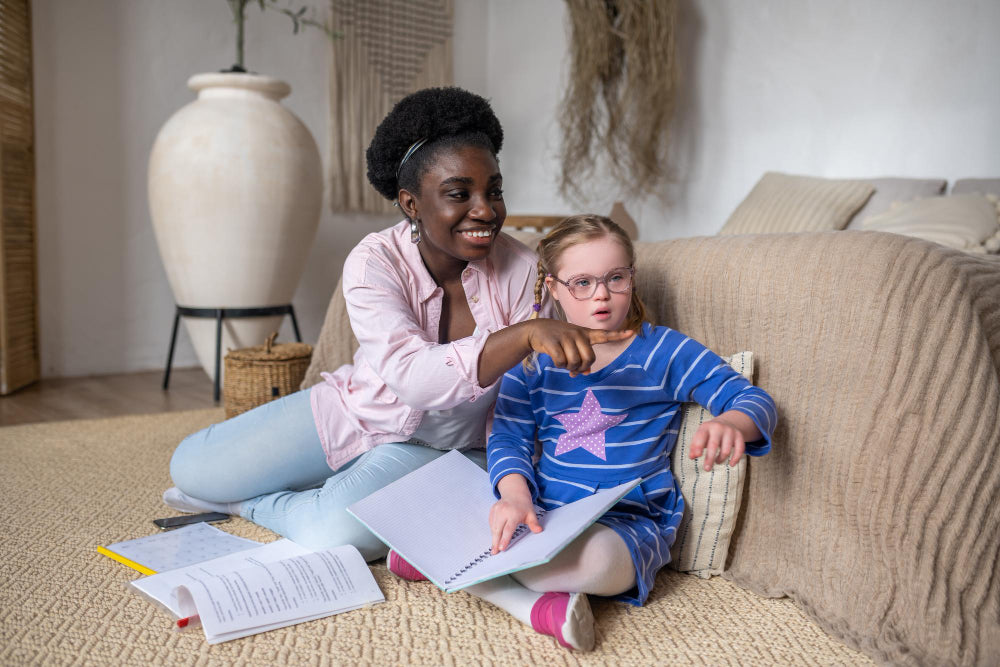Teaching students with special needs to read can be a challenge, but understanding their individual strengths and weaknesses can help create an environment that is conducive to learning. Utilizing phonics to teach literacy skills is one way to do just that.
Phonics is a method of teaching reading by connecting sounds with letters and corresponding symbols. This allows learners to break down literacy into smaller, more manageable chunks and unfolds the process of understanding both spelling and vocabulary at once.
When done properly, phonics instruction can help increase confidence in nonverbal learners who may struggle with traditional methods of language acquisition.
Research has shown that phonics instruction for nonverbal learners increases learning outcomes, engagement in lessons, as well as motivation (Mertzentein, 2018).
Additionally, when using phonics it’s important for teachers to utilize visuals such as sentence strips and flashcards during instruction in order to maximize comprehension levels.
Incorporating these types of manipulatives will also encourage expression through gestures or pointing instead of requiring verbal communication if needed.
"By utilizing simple strategies such as manipulating letters into words or sentences connected to everyday experiences for visual support, strong results are seen," shared Sarah Smith, a teacher specializing in special education. "The goal is always to motivate our students without making them feel inadequate or discouraged."
Making learning activities engaging is essential when teaching any student but especially those with special needs; when paired with traditional instruction techniques like phonics it can create amazing outcomes. As Smith put it: “When all components come together - structured visuals combined with sound-based instructions paired with hands-on experiences - the sky's the limit!”
Sources
Mertzentein, B. (2018). Instructional approaches necessary to teach children who are nonverbal. The International Journal of Language and Communication Disorders, 53(2), 266–276. https://doi.org/10.1111/1460-6984



